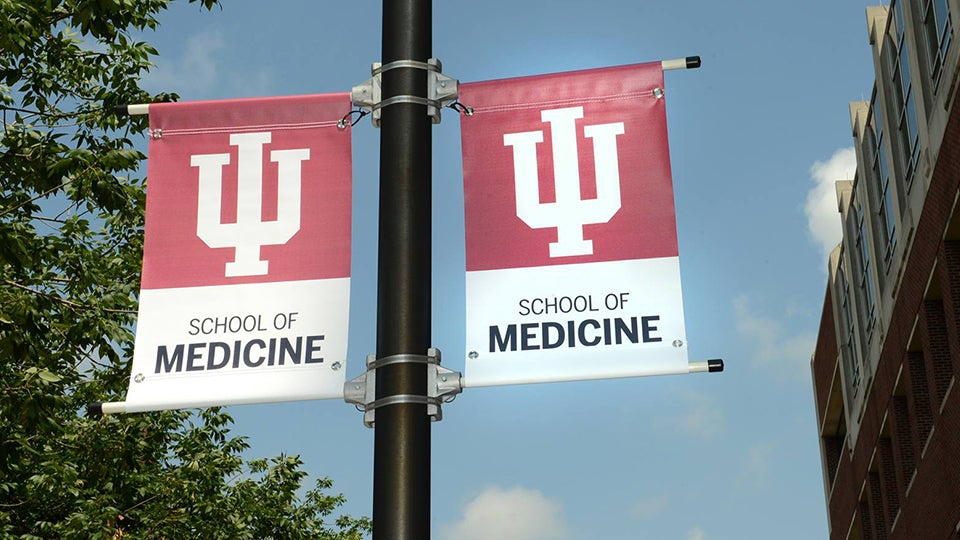Study: Asymptomatic COVID infection possible in kids
INDIANAPOLIS (Inside INdiana Business) — A recently-completed study from the Indiana University School of Medicine shows asymptomatic COVID-19 infection is possible in children under the age of 10. The Tracking Asymptomatic COVID-19 Through Indianapolis Communities, or TACTIC, study found that out of more than 500 people who were tested, one child had an active case of COVID-19. “We now know that asymptomatic infection can occur in young children with no known contact to the virus, and they do not necessarily spread it to others,” said Dr. Chandy John, one of the study’s co-leaders. “Community studies in other countries have not found this.”
In an interview with Inside INdiana Business, John said while the study involved people of all ages, what set it apart was the inclusion of children under the age of 10.
“The primary finding of the study of the study was that there was very little infection, so that’s good news that maybe some of the statewide preventative measures were working,” said John. “But there was one infection in a seven-year-old child. No symptoms at all. No known contact with anyone who had COVID-19 and none of this child’s family had symptoms or developed symptoms over the time that we followed them up.”
The TACTIC study, according to the university, was the first of its kind in the country to evaluate asymptomatic COVID-19 infection in both children and adults in a community (Marion County) with no known contact to the coronavirus, instead of contacts of infected people or people coming to a hospital.
IU says the infection rate seen in the study, 0.2%, is consistent with results found in a statewide study conducted by the IU Fairbanks School of Public Health around the same time.
John, who is also the director of the Ryan White Center for Pediatric Infectious Disease and Global Health at the IU School of Medicine, says the study was really just the start of data.
“I think what it says is we need to study this more (with) bigger studies, more children involved and looking at them over time because we want to know how many are infected but then also what evidence is there of transmission of infection. It’s another big question. There’s a lot of speculation that kids are infected but they don’t spread and then speculation on the other side that…they could be super-spreaders but all of it is based in very, very little data.”
John and co-leader Dr. James Wood are now planning to follow up on the study with TACTIC 2, which will involve testing the participants of the original study to see if they have antibodies to the novel coronavirus.
Additionally, John says they want to do a study involving school children.
“Funding is always an issue so we’re looking around for partners who might be willing to work on this with us and have some funding to help do the study. But that’s the next big area of interest is kids going to school. Are they symptomatically infected? Are there ways of maybe detecting this early or how could we prevent spread in schools?”
The findings of the TACTIC study were published in the medical journal Cureus.



